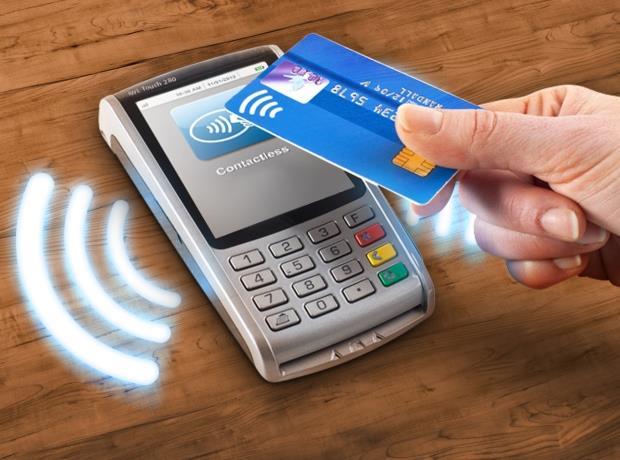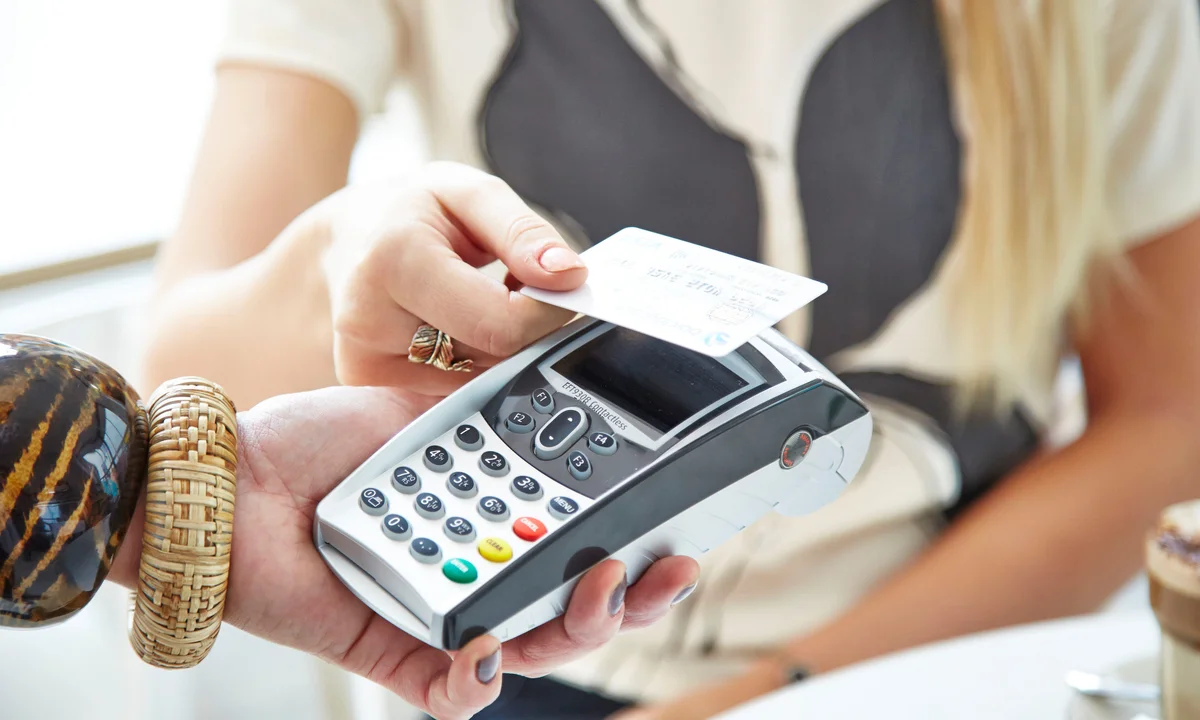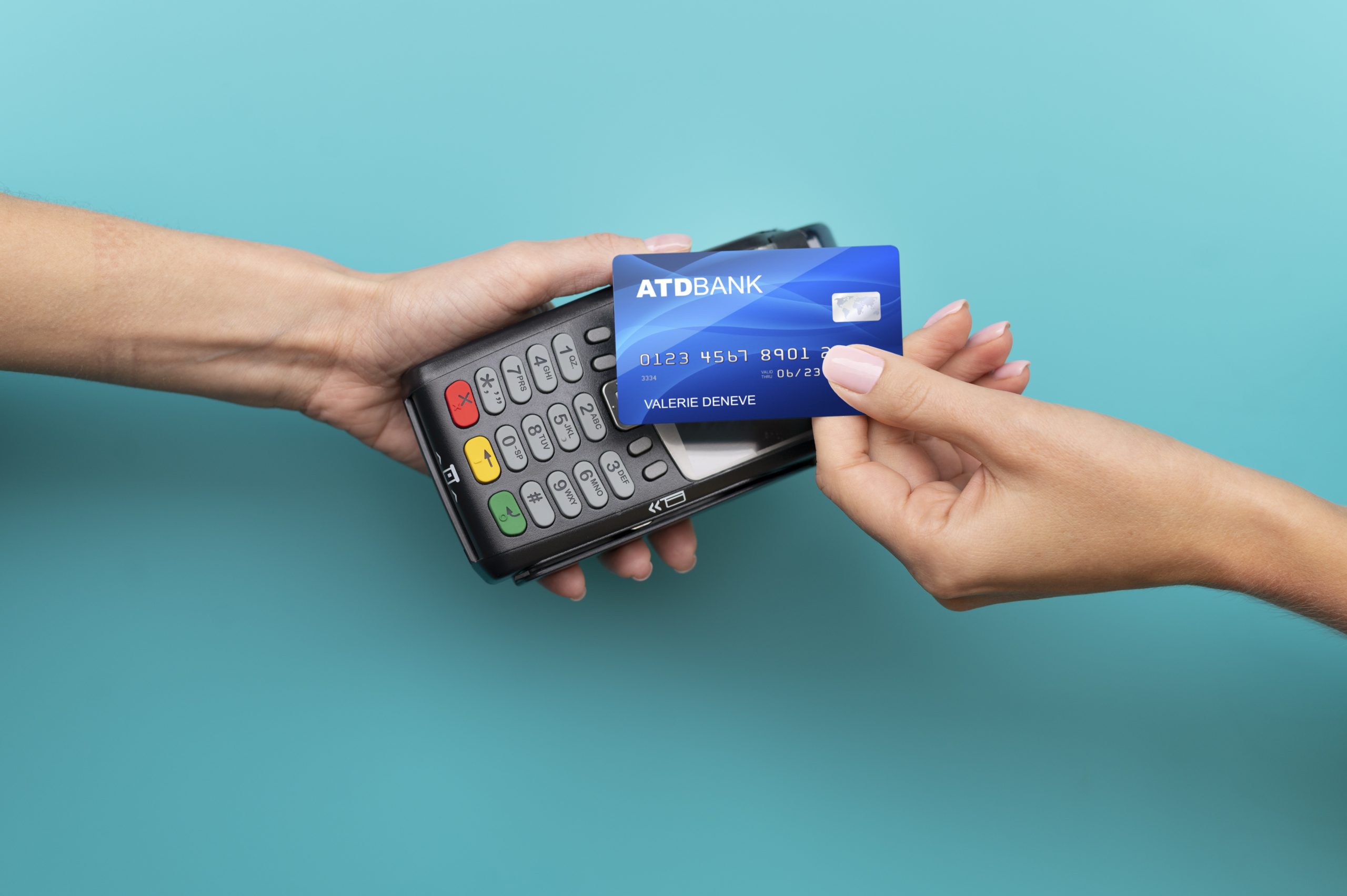In recent years, contactless cards have become increasingly popular in the UK, revolutionizing the way people make transactions. These tap-and-go payment methods have brought unparalleled convenience to consumers, but they also raise some security concerns. Understanding the balance between ease of use and safety is crucial for anyone using or considering these cashless payment options.
The introduction of tap-to-pay technology has streamlined everyday purchases, allowing people to complete transactions with a simple wave of their card. While the benefits are clear, it’s essential to explore both sides of this evolving technology to form an educated opinion.
Page Contents
ToggleThe rise of tap-and-go payments

Contactless payments have experienced a surge in popularity over the past decade. This method allows users to pay for goods and services simply by tapping their card on a terminal, eliminating the need for PINs or signatures for transactions under a certain amount.
The speed and simplicity of these payments have made them a favorite among busy shoppers. A significant factor in their rapid adoption is the convenience they offer. With tap-to-pay, there’s no need to fumble with cash or coins, making the checkout process faster and more efficient.
For retailers, this translates to quicker payment processing and shorter queues. Moreover, many modern contactless cards incorporate additional technologies, such as mobile payment integrations, which further enhance their usability. Mobile wallets and apps like Apple Pay and Google Pay allow consumers to store their cards digitally and use their phones to make contactless transactions.
Widespread adoption and varied uses
From grocery stores to public transportation, contactless payments are becoming the norm. In the UK, it’s common to see the tap-and-go terminals everywhere. This widespread acceptance reflects the public’s trust in this technology’s reliability and convenience. Beyond typical retail scenarios, contactless cards are also used in places like parking meters, vending machines, and even charitable donations stations.
The versatility of these payments appeals to a wide range of consumers, from tech-savvy youth to older generations who appreciate the straightforwardness of tap-to-pay. Furthermore, the COVID-19 pandemic has accelerated the shift towards contactless transactions. As people seek to minimize physical contact surfaces, tap-to-pay options offer a hygienic alternative to handling cash or touching common PIN pads.
Technological innovations enhancing user experience
Constant advancements in technology continue to improve the contactless payment experience. One significant innovation is the increase in spending limits for contactless transactions, making them feasible for a broader range of purchases. In addition, many contactless cards now incorporate features like biometric authentication, such as fingerprint recognition, for added security.
These advancements aim to strike a balance between convenience and the need for robust security measures. However, as technology evolves, so do the methods of fraudsters. Effective security protocols and consumer awareness are key to ensuring that the convenience of contactless payments does not come at the expense of security.
Balancing convenience with security
While the benefits of contactless payments are numerous, it’s essential to address and mitigate security concerns. The ease of use of tap-to-pay systems does come with potential risks, such as the theft or loss of cards. Security measures such as transaction limits are in place to prevent misuse. Usually, there is a cap on the amount that can be spent in a single contactless transaction without requiring additional verification, such as a PIN or signature.
Additionally, if a contactless card is lost or stolen, the cardholder should report it immediately to their bank, which can quickly deactivate the card and prevent unauthorized use. Most banks also offer fraud protection guarantees, giving consumers added peace of mind.
Card protections and safety tips
To enhance security, many cards and devices include features like contactless transaction notifications. These alerts inform users whenever their card is used without physical contact, allowing them to promptly identify and report any suspicious activity. Another important security feature is tokenization, which replaces sensitive card details with a unique code during transactions.
This process ensures that actual card information is not transmitted over payment networks, adding an extra layer of protection. Consumers can take additional steps to safeguard their cards, such as regularly monitoring statements for unusual activity and using card protectors to block unauthorized scanning.
The future of contactless payments
As contactless payments continue to gain traction, ongoing developments promise to further enhance both convenience and security. The industry is moving towards integrating advanced authentication methods and refining existing technologies to meet the evolving needs of consumers. Consumer education is also vital.
As people become more aware of how contactless payments work and the steps they can take to protect themselves, the safer and more ubiquitous these transactions will become. In conclusion, while the convenience of contactless payments in the UK is undeniable, it is equally important to remain vigilant about security. By embracing technological advancements and following best practices, consumers can enjoy the benefits of this modern payment method with confidence.




